Home>Renovation & DIY>Home Renovation Guides>What Is A Crawl Space?
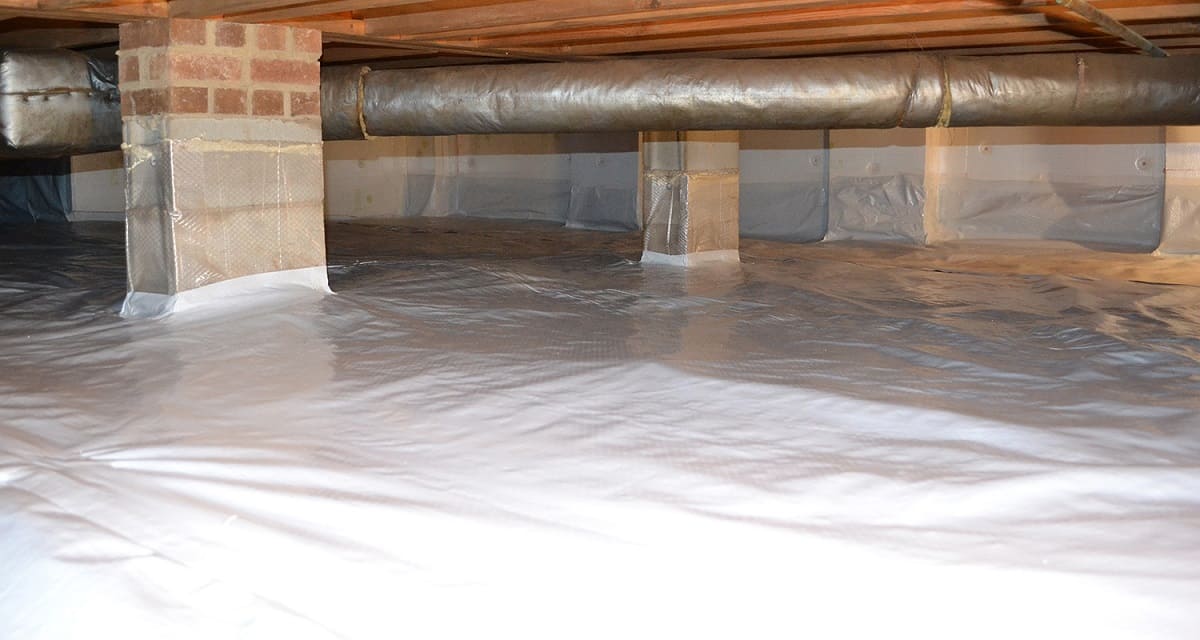

Home Renovation Guides
What Is A Crawl Space?
Modified: February 18, 2024
Learn about crawl spaces and their importance in home renovation projects with our comprehensive guide. Find expert tips and advice for managing crawl space issues. Ideal for homeowners seeking renovation insights.
(Many of the links in this article redirect to a specific reviewed product. Your purchase of these products through affiliate links helps to generate commission for Storables.com, at no extra cost. Learn more)
Introduction
When it comes to home renovation and maintenance, the crawl space is often an overlooked area that plays a crucial role in the overall health and stability of a home. Whether you're a seasoned homeowner or a first-time buyer, understanding the significance of a crawl space is essential for ensuring the longevity and structural integrity of your property.
The crawl space, typically found beneath the main level of a house, serves as a foundation support and provides access to essential components such as plumbing, electrical wiring, and HVAC systems. Despite its name, the crawl space is not merely an empty void; it is an integral part of the home's infrastructure, and its condition can significantly impact the indoor environment and energy efficiency.
In the following sections, we will delve into the definition, purpose, common issues, and maintenance of crawl spaces, shedding light on the often-neglected aspects of homeownership. By gaining insight into these fundamental aspects, you will be better equipped to make informed decisions and take proactive measures to safeguard your home against potential problems associated with crawl spaces.
Key Takeaways:
- Don’t overlook your crawl space! It’s a vital part of your home’s health, supporting the foundation, controlling moisture, and providing access to utilities. Regular maintenance is key to a safe and stable home.
- Crawl spaces need love too! They prevent moisture damage, regulate temperature, and keep pests out. Stay on top of maintenance to ensure a healthy and cozy living environment.
Read more: What Is A Crawl Space Foundation
Definition of a Crawl Space
A crawl space is a shallow, unfinished area located beneath the main floor of a house, providing access to essential components such as plumbing, electrical wiring, and HVAC systems. Unlike a basement, a crawl space is not designed for human occupancy and is typically too low to stand up in, hence the name "crawl space." This area is usually vented to the exterior and may have a dirt or concrete floor, depending on the construction and location of the home.
Crawl spaces are prevalent in regions where basements are less common, serving as an alternative to slab foundations. They are an integral part of the home's foundation system, providing support for the structure and allowing access for maintenance and repairs. While the specific dimensions of a crawl space can vary, it is generally characterized by limited headroom and is accessible via a small hatch or door, making it challenging to navigate and work within.
The presence of a crawl space beneath a home offers several advantages, including facilitating the installation and maintenance of utilities such as plumbing, electrical wiring, and heating/cooling systems. Additionally, it allows for easy access to inspect and address issues related to the home's foundation, insulation, and moisture control. However, the confined nature of crawl spaces can also present challenges, particularly in terms of ventilation, insulation, and moisture management.
Understanding the nature and purpose of a crawl space is essential for homeowners, as it directly impacts the overall condition and functionality of the home. By recognizing the role of the crawl space in supporting the infrastructure and providing access to vital systems, individuals can make informed decisions regarding maintenance, repairs, and improvements to ensure the long-term stability and efficiency of their homes.
Purpose of a Crawl Space
The crawl space serves several essential purposes that contribute to the overall functionality and integrity of a home. Understanding these purposes is crucial for homeowners, as it enables them to appreciate the significance of this often-overlooked area. Here are the primary purposes of a crawl space:
-
Foundation Support: One of the fundamental roles of a crawl space is to provide support for the home's foundation. By elevating the main floor above the ground level, the crawl space helps to create a barrier between the structure and the soil. This elevation is vital for preventing moisture from seeping into the foundation, which can lead to structural damage and compromise the stability of the home.
-
Access to Utilities: Crawl spaces provide convenient access to essential utilities, including plumbing, electrical wiring, and HVAC systems. This accessibility facilitates the installation, maintenance, and repair of these vital components. For example, plumbers and electricians can easily reach the underside of the house to address issues or perform routine inspections, ensuring that these systems remain in optimal working condition.
-
Moisture Control: Properly constructed and maintained crawl spaces play a crucial role in managing moisture levels within the home. By incorporating ventilation and insulation measures, crawl spaces can help prevent excess moisture buildup, which can lead to mold growth, wood rot, and other moisture-related issues. Additionally, effective moisture control in the crawl space can contribute to a healthier indoor environment and protect the structural integrity of the home.
-
Insulation and Energy Efficiency: Crawl spaces can be insulated to help regulate indoor temperatures and improve energy efficiency. By insulating the walls and floor of the crawl space, homeowners can reduce heat loss in the winter and minimize heat gain in the summer. This not only enhances comfort within the home but also contributes to lower energy bills by reducing the workload on heating and cooling systems.
-
Pest Control: A well-maintained crawl space can serve as a barrier against pests and rodents. By sealing off potential entry points and implementing pest control measures, homeowners can prevent infestations and protect the integrity of the home's structure and insulation.
Understanding the multifaceted purposes of a crawl space empowers homeowners to prioritize its maintenance and address any issues that may arise. By recognizing the role of the crawl space in supporting the foundation, providing access to utilities, managing moisture, improving energy efficiency, and preventing pest intrusion, individuals can take proactive measures to ensure the long-term health and stability of their homes.
A crawl space is a shallow area under a building that allows access to plumbing, electrical, and HVAC systems. It’s important to keep it dry to prevent mold and structural damage. Consider installing a vapor barrier and proper ventilation to maintain a healthy crawl space.
Common Issues with Crawl Spaces
Crawl spaces, despite their importance, are susceptible to a range of common issues that can impact the overall health and stability of a home. Understanding these issues is essential for homeowners, as it enables them to identify potential problems and take proactive measures to address them. Here are some of the most prevalent issues associated with crawl spaces:
-
Moisture and Mold: Crawl spaces are particularly prone to moisture buildup, especially in humid climates or areas with poor drainage. Excess moisture can lead to mold and mildew growth, compromising indoor air quality and posing health risks to occupants. Additionally, prolonged exposure to moisture can cause structural damage, including wood rot and deterioration of support beams and floor joists.
-
Pest Infestation: Crawl spaces provide an inviting environment for pests such as rodents, insects, and termites. These unwanted guests can cause extensive damage to insulation, wiring, and wooden structures within the crawl space. Furthermore, pest infestations can lead to health hazards and compromise the integrity of the home's foundation and infrastructure.
-
Insufficient Insulation: Inadequate or deteriorating insulation in the crawl space can result in energy inefficiency and temperature fluctuations within the home. Without proper insulation, the crawl space can become excessively cold in winter, leading to frozen pipes and increased heating costs. Conversely, insufficient insulation can contribute to heat gain in the summer, affecting the overall comfort and energy efficiency of the home.
-
Ventilation Problems: Poor ventilation in the crawl space can exacerbate moisture-related issues and compromise air quality. Inadequate airflow can lead to stagnant, humid conditions, creating an ideal breeding ground for mold and mildew. Furthermore, insufficient ventilation can impede the removal of harmful gases, such as radon, which may seep into the home from the soil beneath the crawl space.
-
Structural Damage: Over time, crawl spaces can experience structural issues, including sagging floors, cracked walls, and compromised support beams. These issues may arise due to excessive moisture, pest damage, or inadequate support, posing safety risks and requiring costly repairs to restore the structural integrity of the home.
By recognizing these common issues with crawl spaces, homeowners can prioritize regular inspections and maintenance to mitigate potential problems. Proactive measures, such as addressing moisture control, implementing pest prevention strategies, upgrading insulation, and ensuring proper ventilation, can help safeguard the crawl space and contribute to the overall well-being of the home.
Crawl Space Maintenance
Crawl space maintenance is a critical aspect of homeownership that directly impacts the overall health and stability of a home. By implementing regular maintenance practices, homeowners can mitigate potential issues, preserve the integrity of the crawl space, and contribute to a healthier indoor environment. Here are essential maintenance tasks and considerations for ensuring the optimal condition of a crawl space:
-
Moisture Management: Effective moisture control is paramount for preserving the structural integrity of the crawl space and preventing mold and mildew growth. Regularly inspect for signs of moisture accumulation, such as water stains, damp insulation, or condensation on surfaces. Address any sources of moisture, such as plumbing leaks or inadequate drainage, and consider installing a vapor barrier to minimize moisture infiltration from the ground.
-
Ventilation: Proper ventilation is crucial for promoting airflow and reducing humidity levels within the crawl space. Ensure that vents are unobstructed and functioning correctly. Consider installing vent fans or a dehumidifier to enhance ventilation and prevent stagnant air, which can contribute to mold growth and structural damage.
-
Insulation Maintenance: Inspect the insulation in the crawl space for signs of damage, deterioration, or displacement. Replace or repair insulation as needed to maintain energy efficiency and regulate temperature fluctuations within the home. Proper insulation also helps prevent frozen pipes in winter and reduces the workload on heating and cooling systems.
-
Pest Control: Implement measures to prevent pest infestations in the crawl space. Seal off potential entry points, such as gaps around pipes and vents, and consider using pest-resistant insulation. Regularly monitor for signs of pest activity and address any infestations promptly to prevent damage to the crawl space and the home's structure.
-
Structural Integrity: Periodically inspect the crawl space for signs of structural damage, including sagging floors, cracked walls, or compromised support beams. Address any issues promptly to prevent safety hazards and maintain the stability of the home's foundation.
-
Professional Inspections: Consider scheduling regular inspections by qualified professionals to assess the condition of the crawl space, including the foundation, insulation, and moisture levels. Professional inspections can help identify potential issues early and provide recommendations for necessary repairs or improvements.
By prioritizing these maintenance tasks, homeowners can ensure that the crawl space remains in optimal condition, contributing to the overall well-being of the home. Regular maintenance not only safeguards against potential issues but also enhances energy efficiency, indoor air quality, and the long-term durability of the property. Taking a proactive approach to crawl space maintenance is an investment in the health and stability of the home, providing peace of mind for homeowners and ensuring a safe and comfortable living environment.
Read more: What Is A Crawl Space In A House
Conclusion
In conclusion, the often-overlooked crawl space plays a pivotal role in the overall health and stability of a home. By understanding the definition, purpose, common issues, and maintenance considerations associated with crawl spaces, homeowners can make informed decisions and take proactive measures to safeguard their properties.
The crawl space, despite its confined and inaccessible nature, serves as a foundation support and provides essential access to utilities such as plumbing, electrical wiring, and HVAC systems. Its elevation above the ground level helps prevent moisture infiltration and supports the structural integrity of the home. However, common issues such as moisture accumulation, pest infestations, insulation deficiencies, ventilation problems, and structural damage can compromise the functionality and safety of the crawl space and the entire home.
Prioritizing regular maintenance tasks, including moisture management, ventilation, insulation maintenance, pest control, and structural integrity inspections, is crucial for preserving the optimal condition of the crawl space. By addressing these maintenance considerations, homeowners can mitigate potential issues, enhance energy efficiency, regulate indoor temperatures, and contribute to a healthier living environment.
Furthermore, recognizing the multifaceted purposes of a crawl space, including foundation support, utility access, moisture control, insulation, and pest prevention, empowers homeowners to appreciate its significance and prioritize its maintenance. Proactive measures, such as installing vapor barriers, enhancing ventilation, upgrading insulation, and implementing pest-resistant strategies, can help safeguard the crawl space and ensure the long-term stability and durability of the home.
In essence, the crawl space, though often hidden from view, warrants attention and care to maintain a healthy and resilient home environment. By acknowledging its importance and taking proactive steps to address potential issues, homeowners can ensure that their properties remain structurally sound, energy-efficient, and conducive to a comfortable and safe living experience. Embracing the comprehensive understanding and maintenance of crawl spaces is an investment in the longevity and well-being of the home, providing peace of mind and security for homeowners and their families.
Frequently Asked Questions about What Is A Crawl Space?
Was this page helpful?
At Storables.com, we guarantee accurate and reliable information. Our content, validated by Expert Board Contributors, is crafted following stringent Editorial Policies. We're committed to providing you with well-researched, expert-backed insights for all your informational needs.
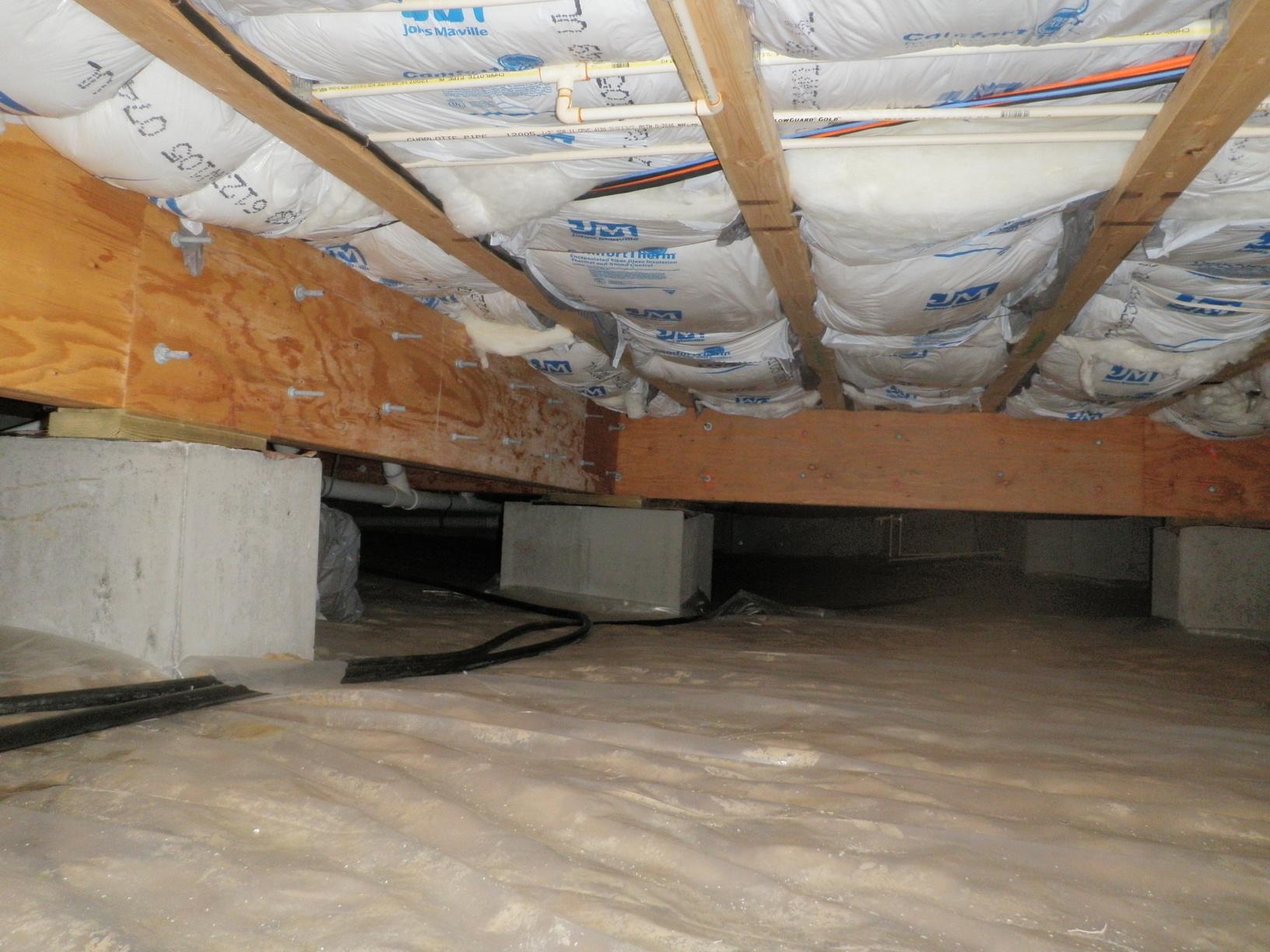
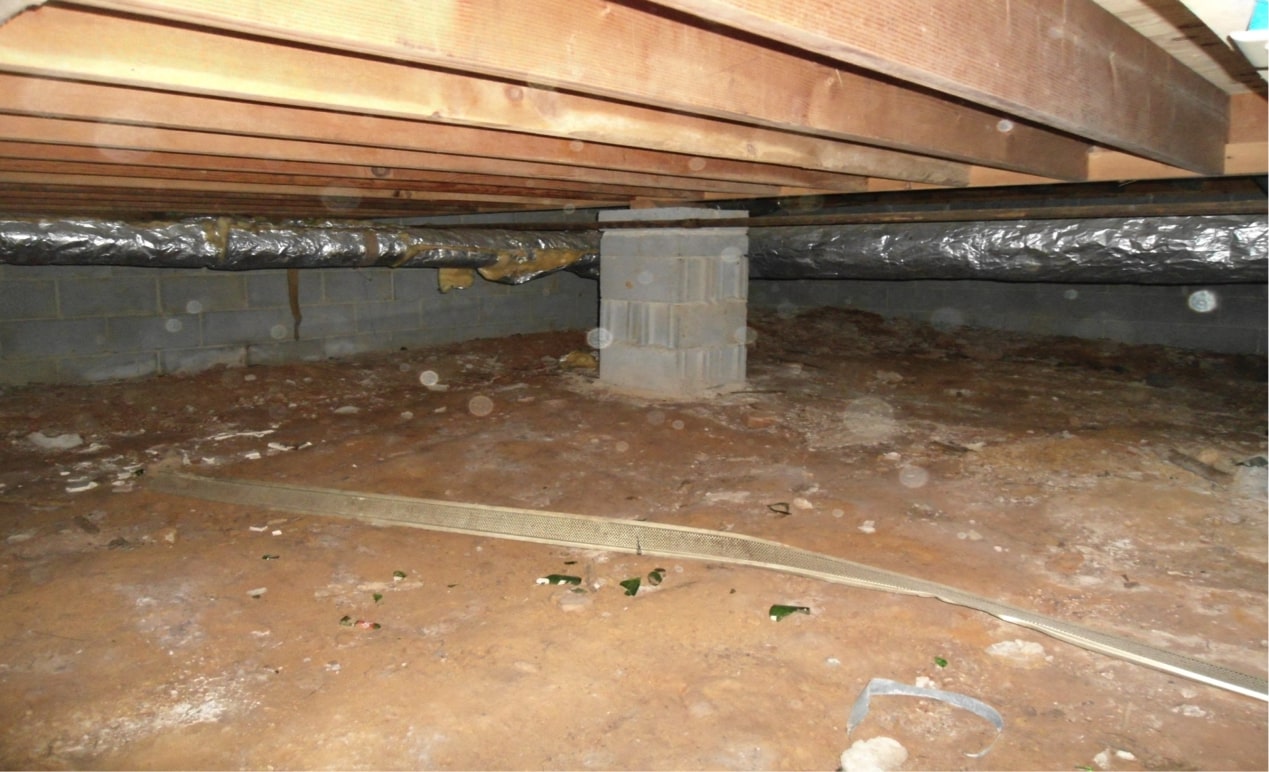
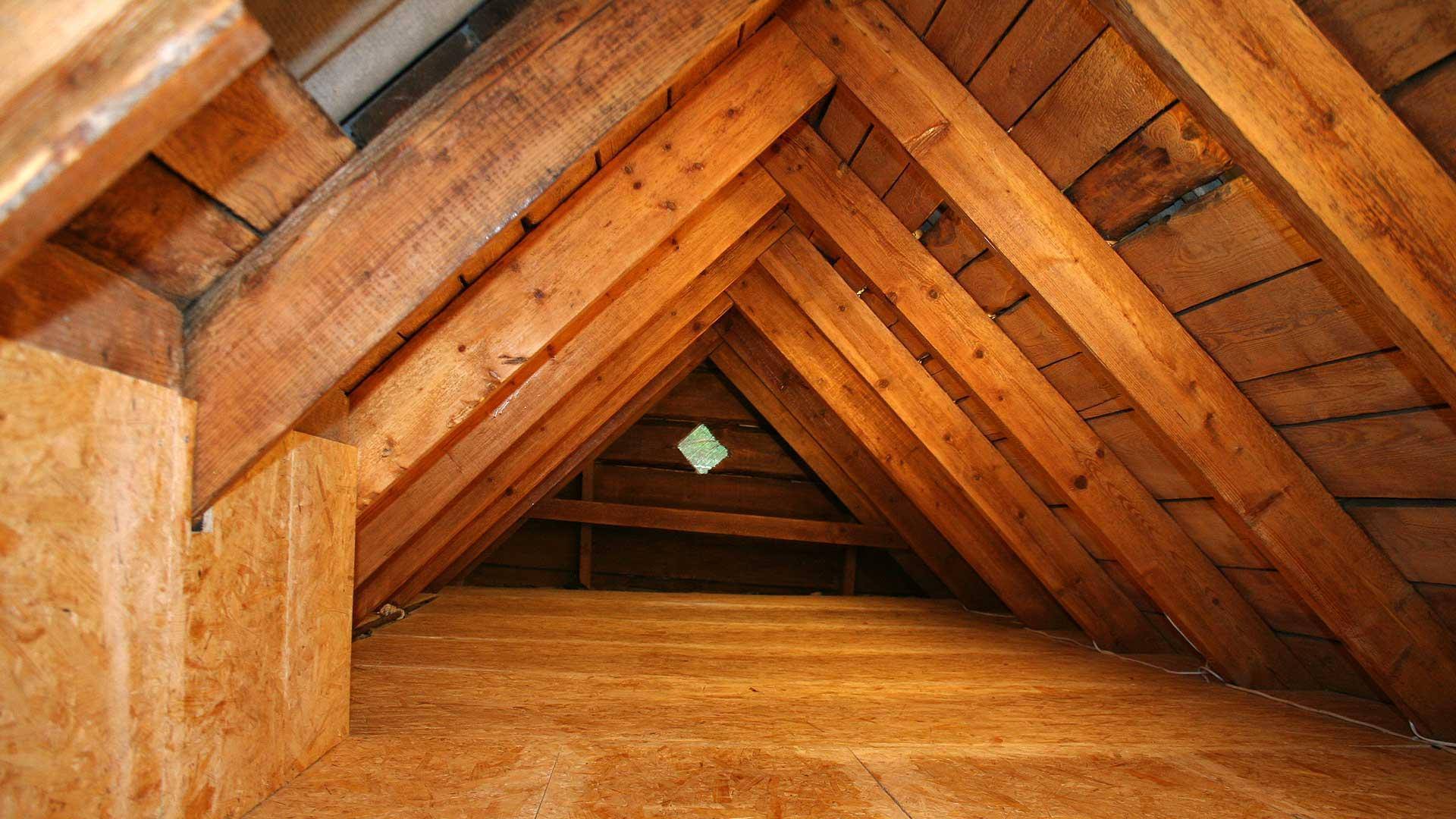
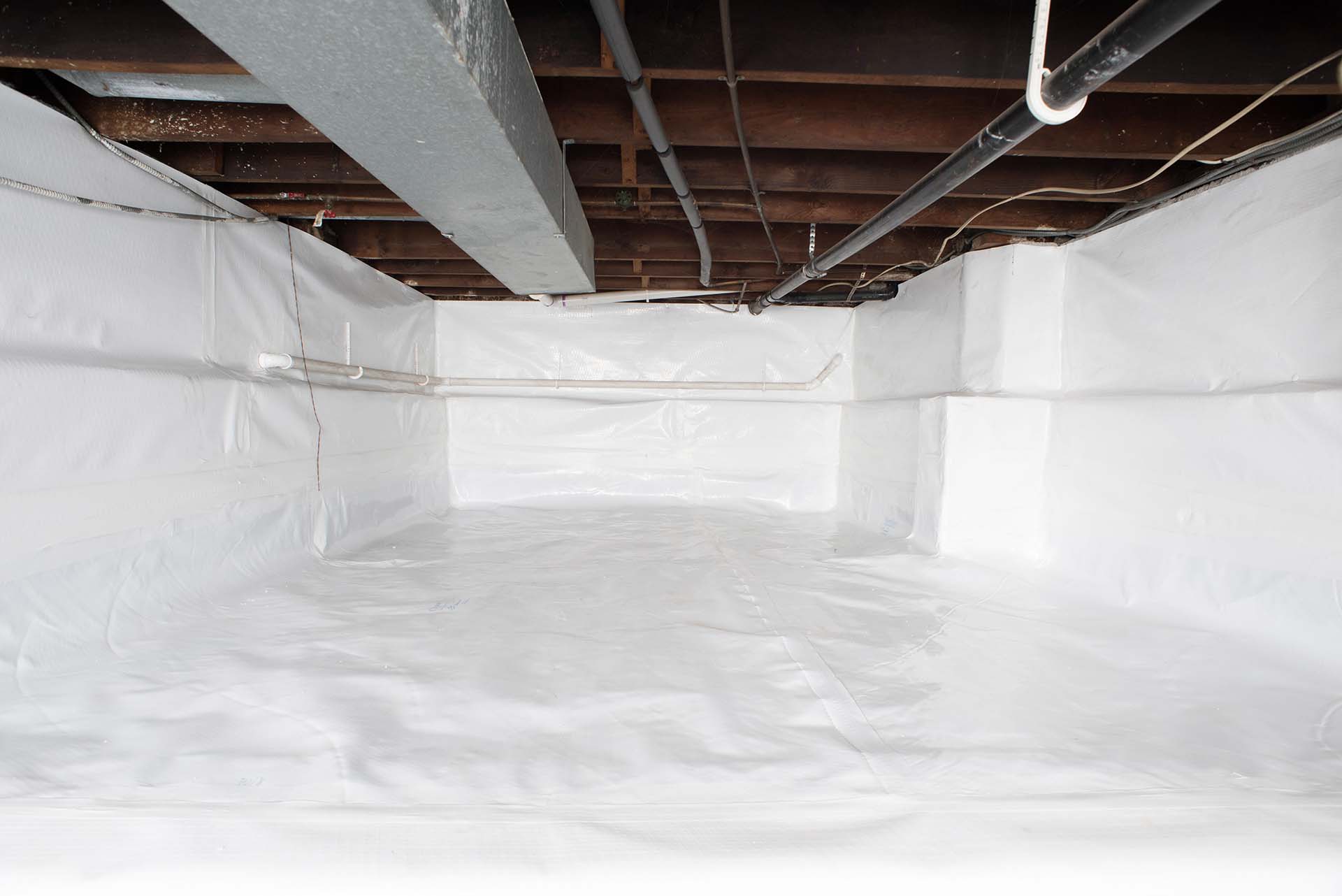
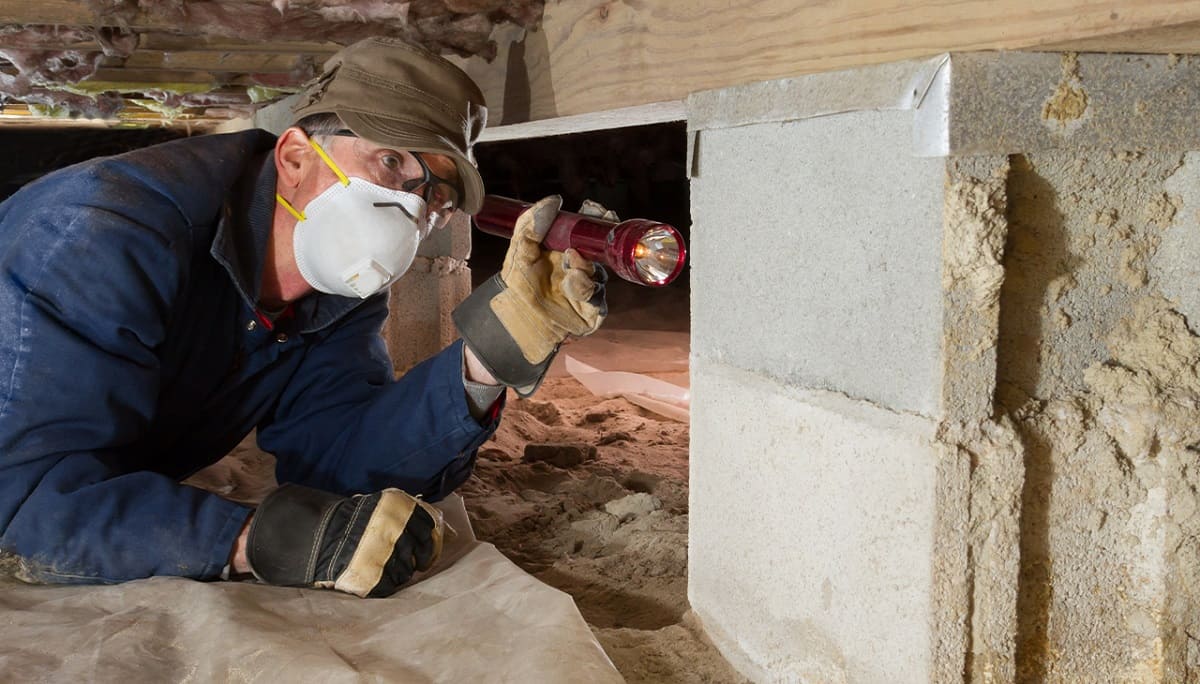
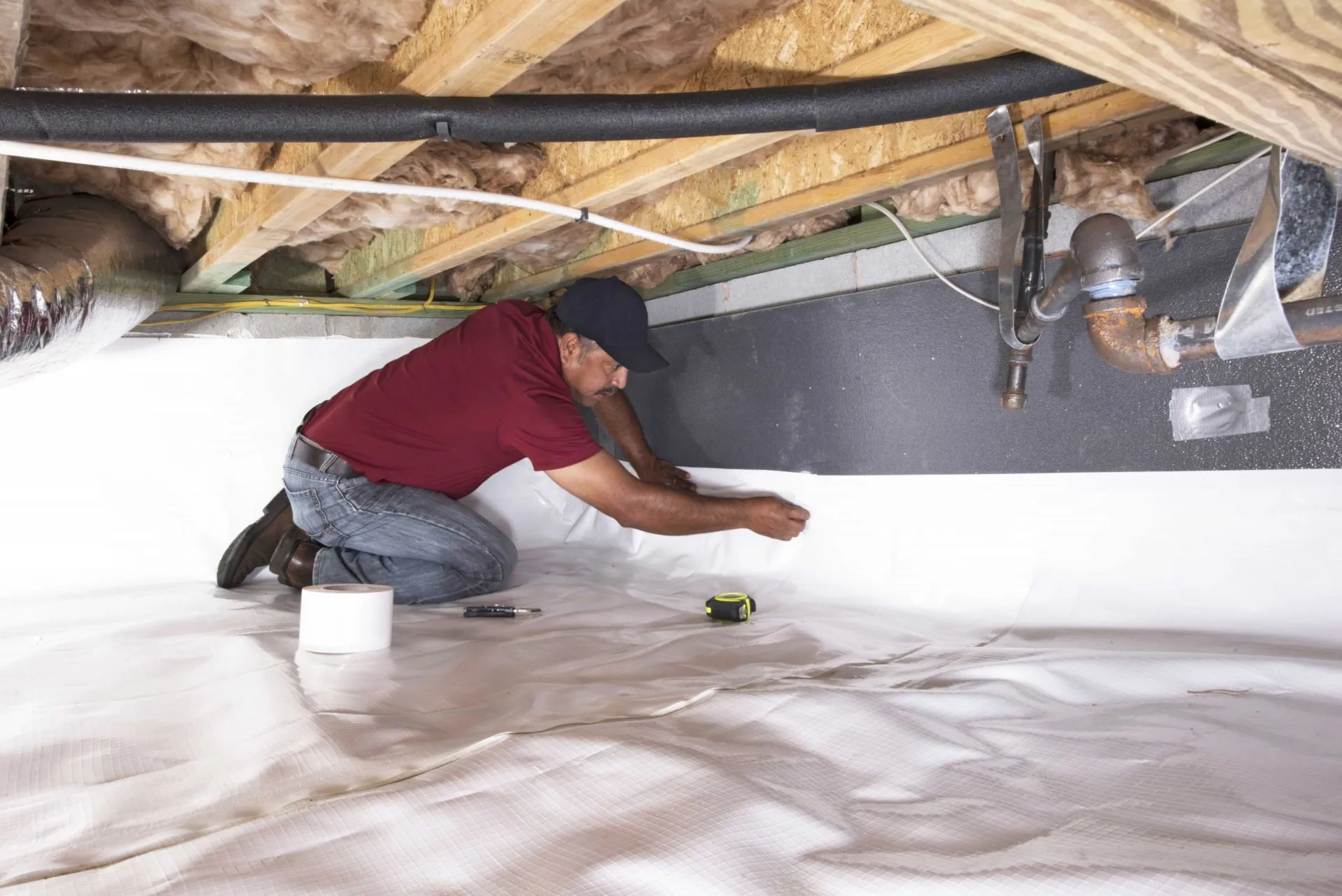
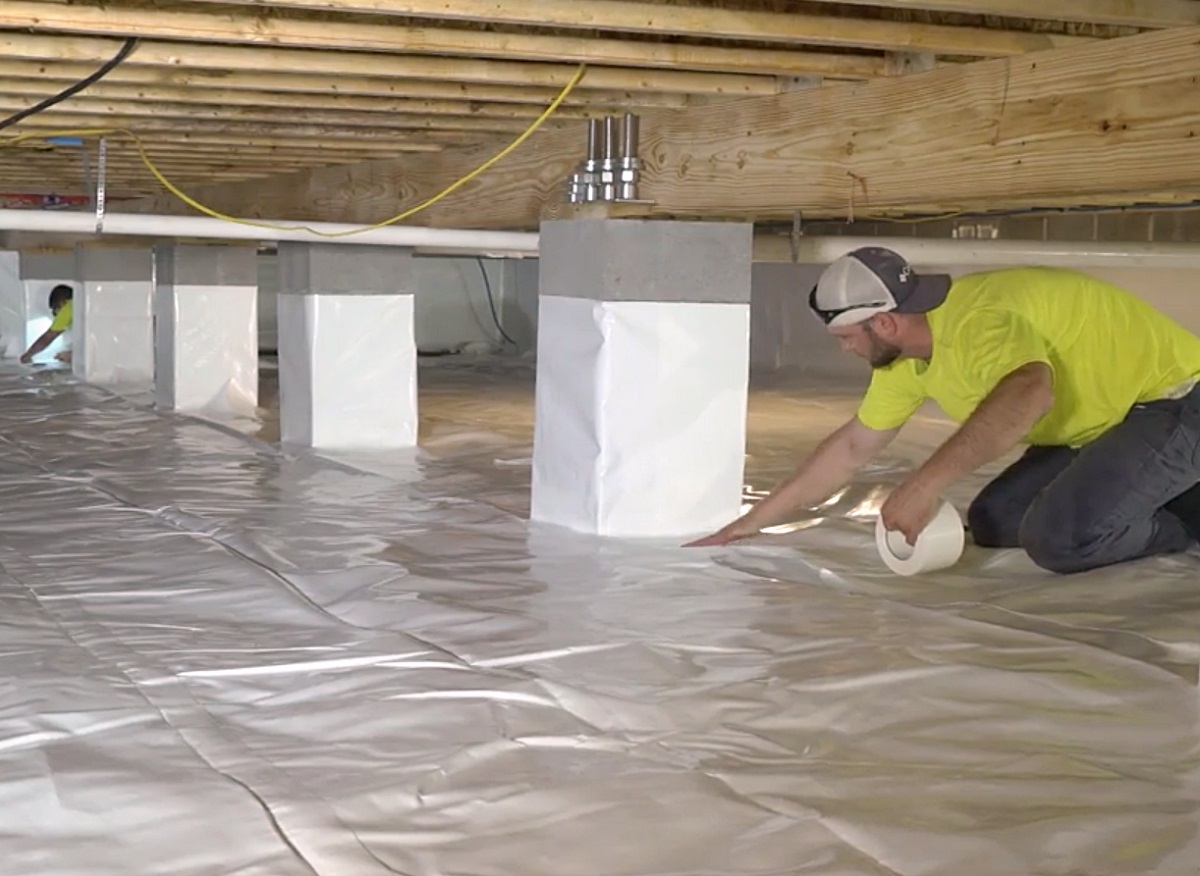
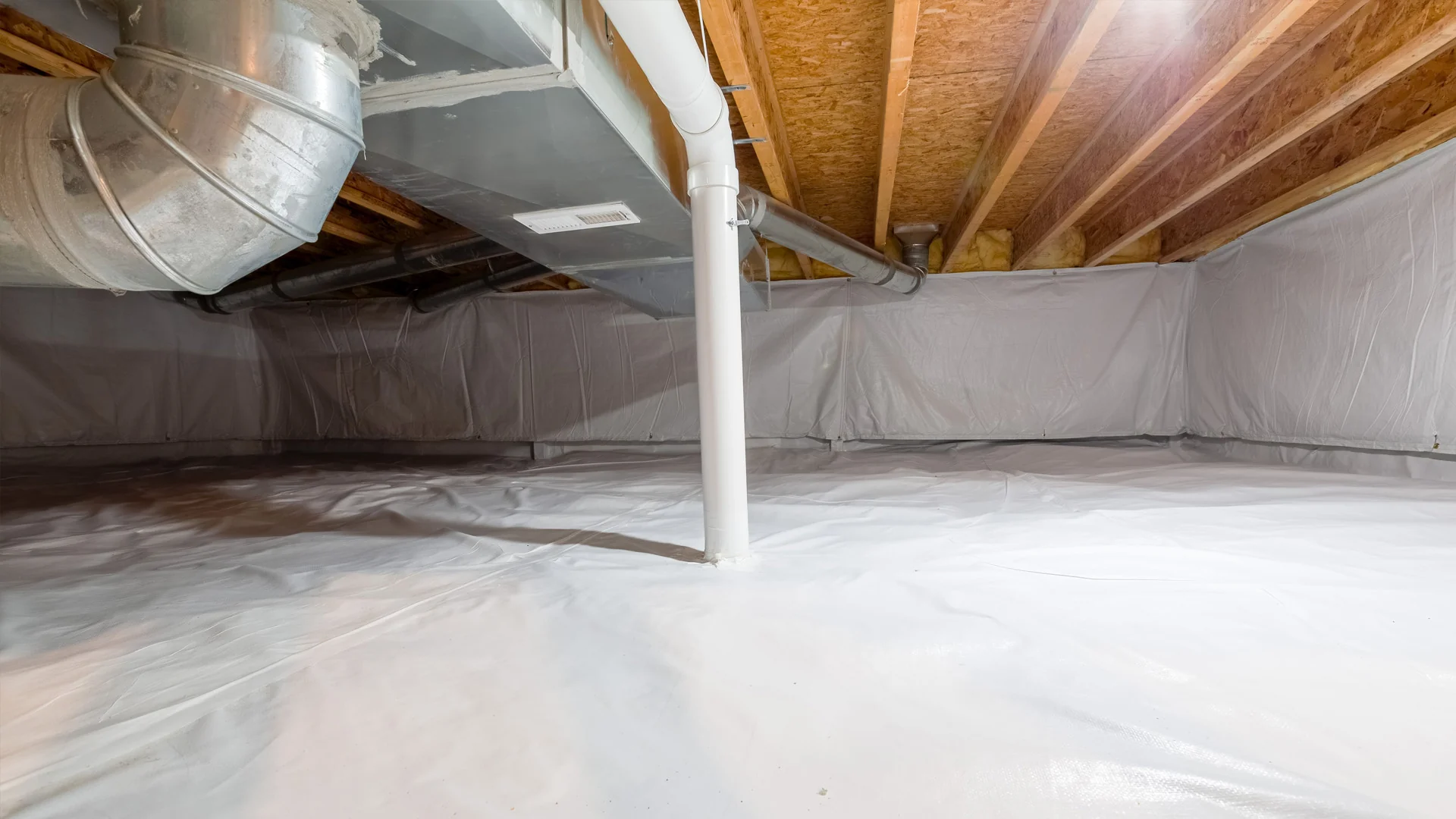
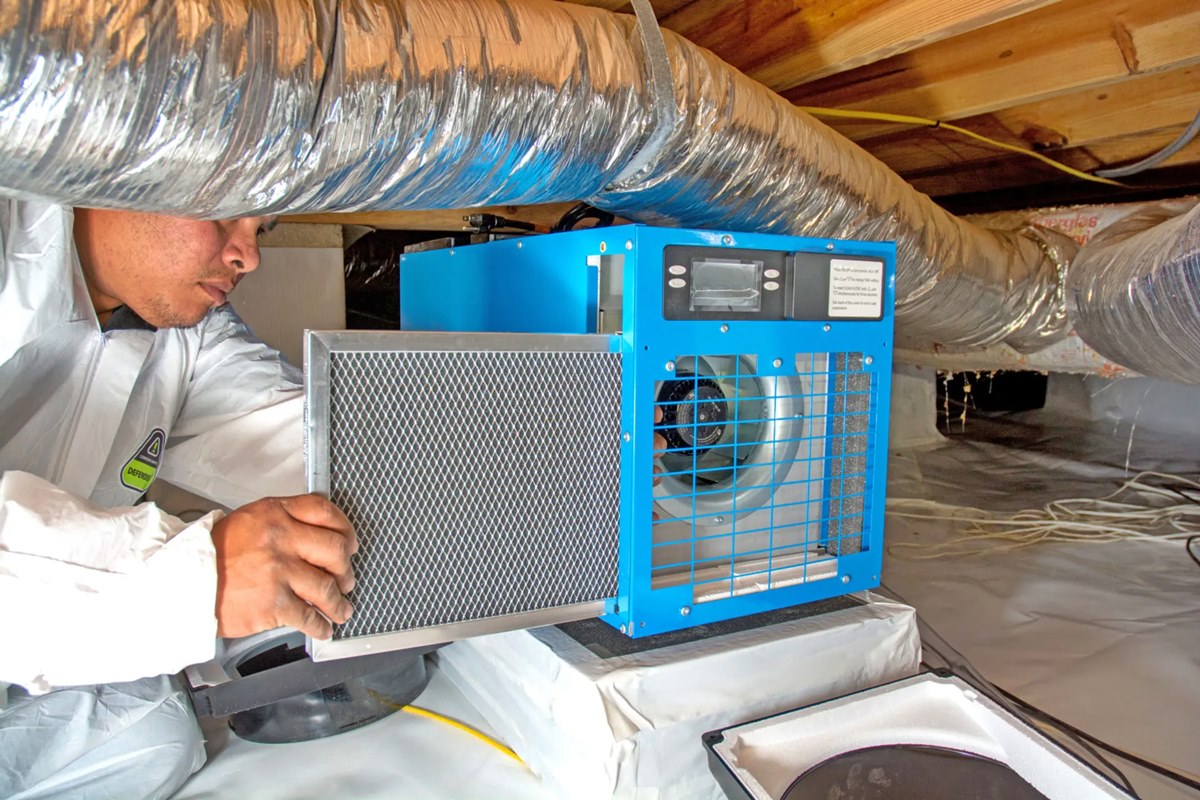
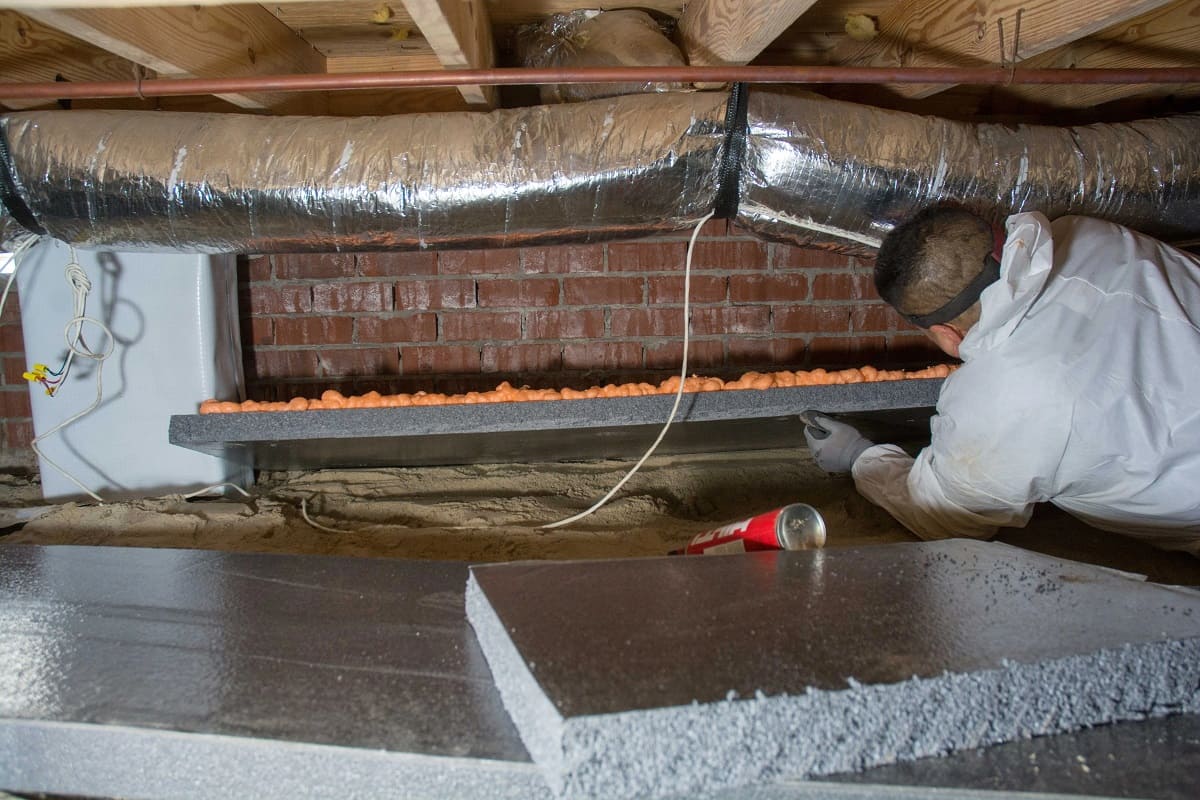
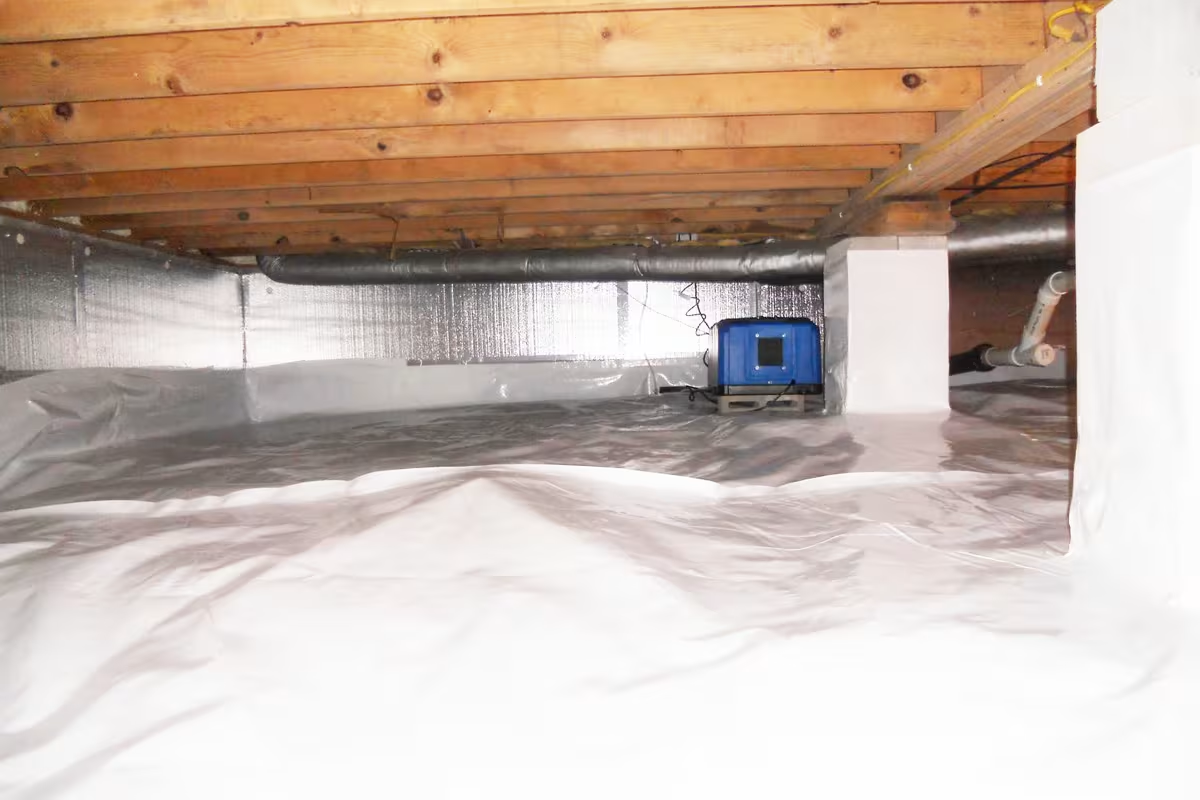
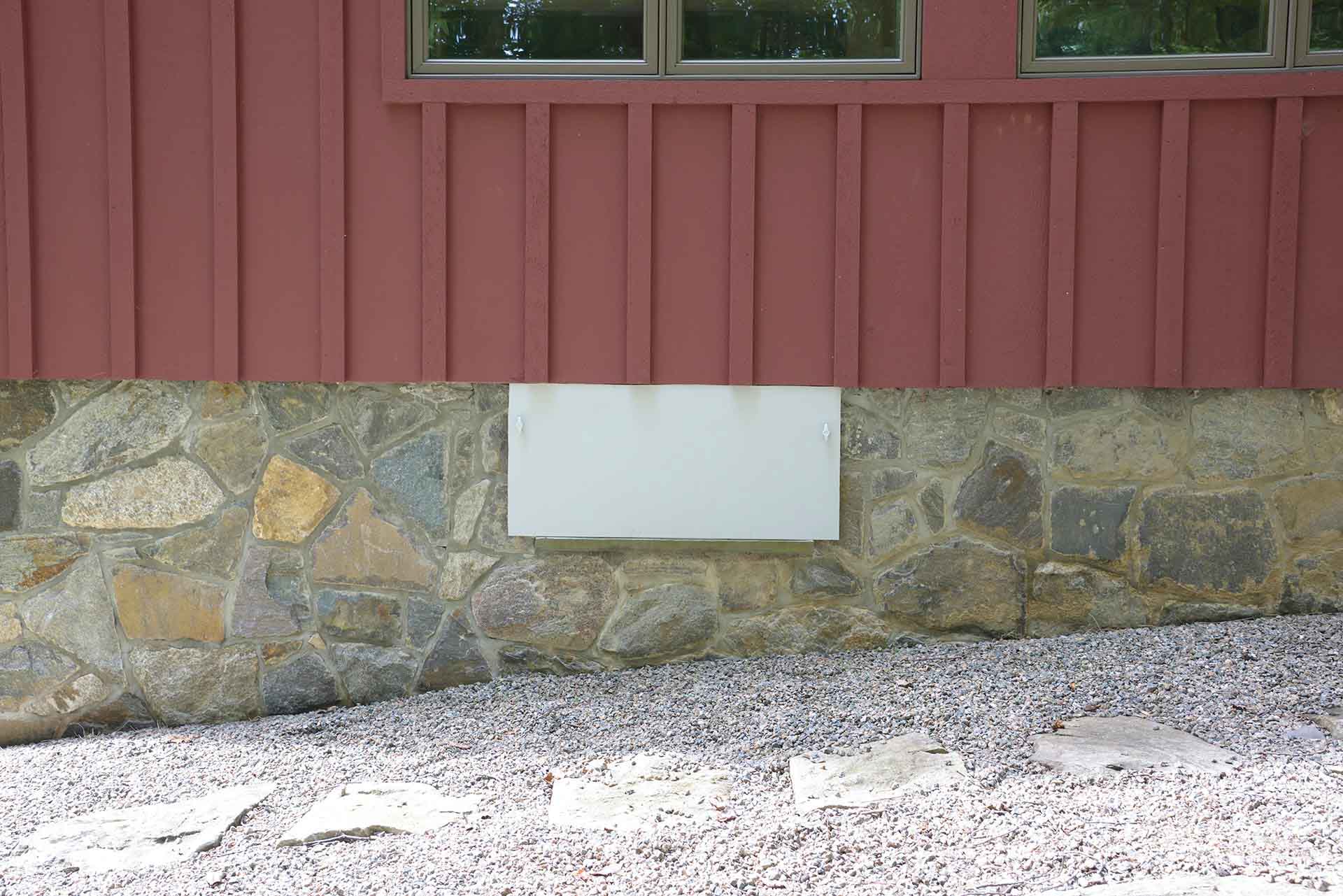
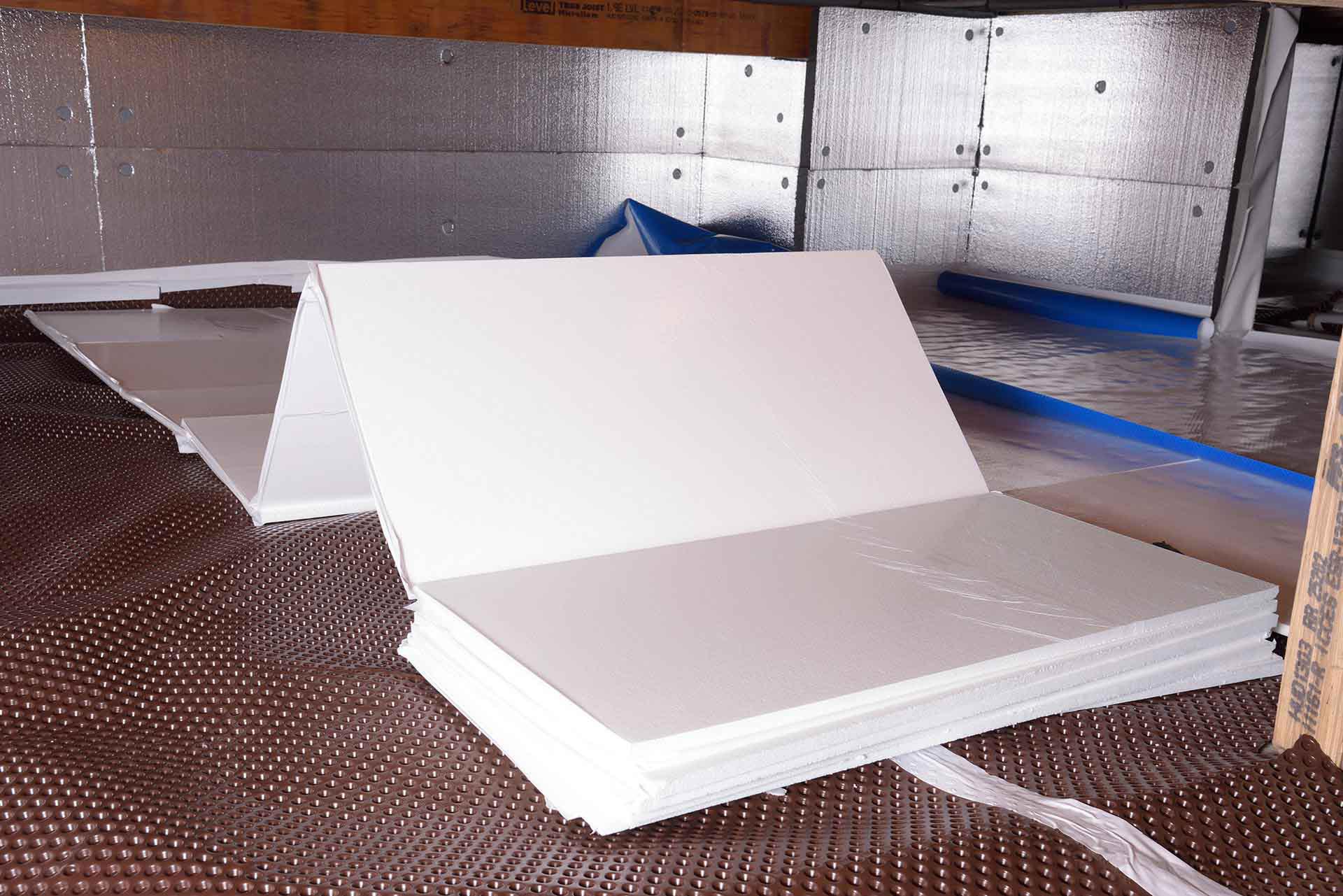
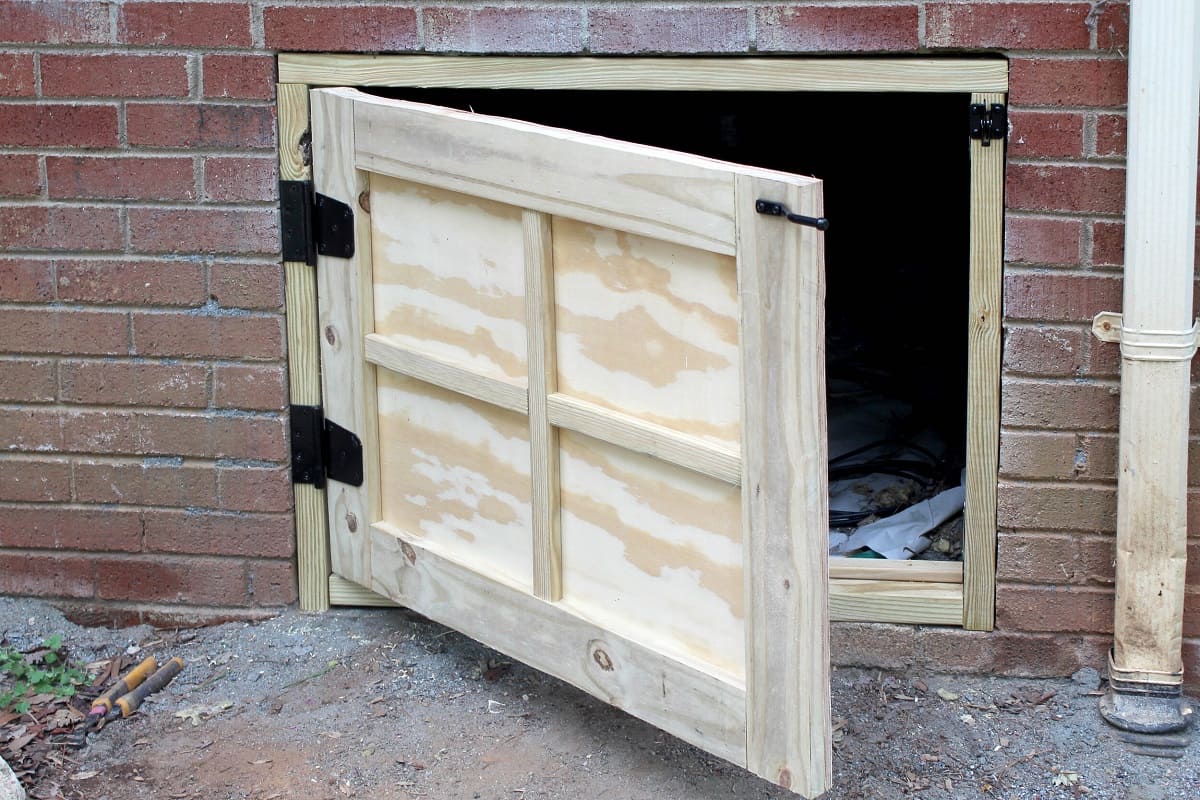

0 thoughts on “What Is A Crawl Space?”